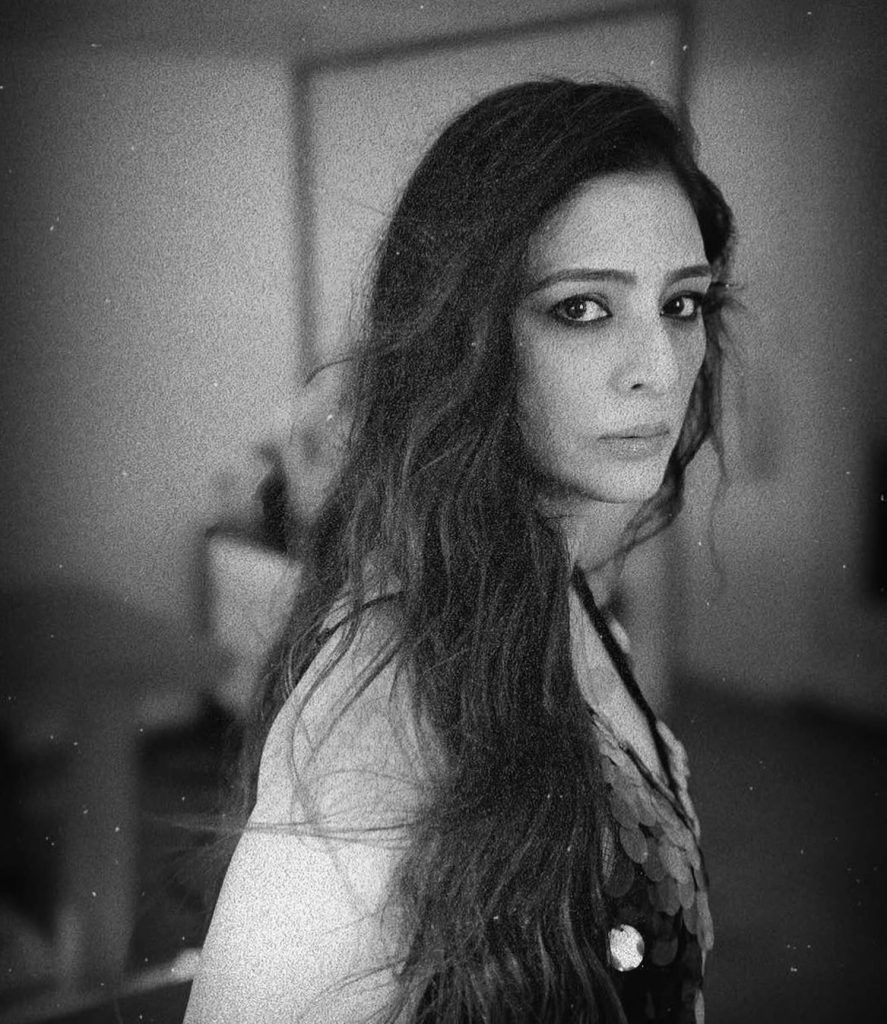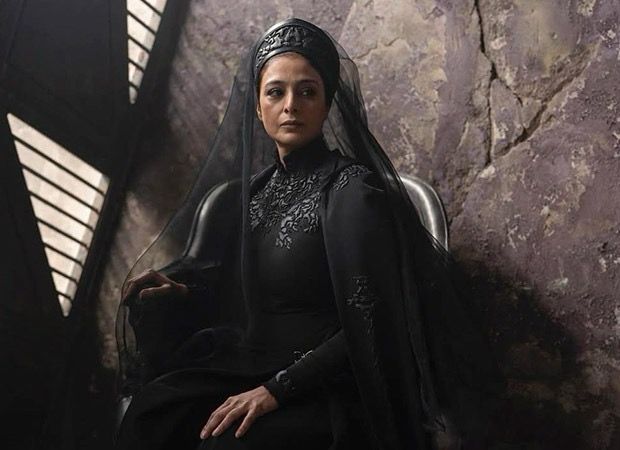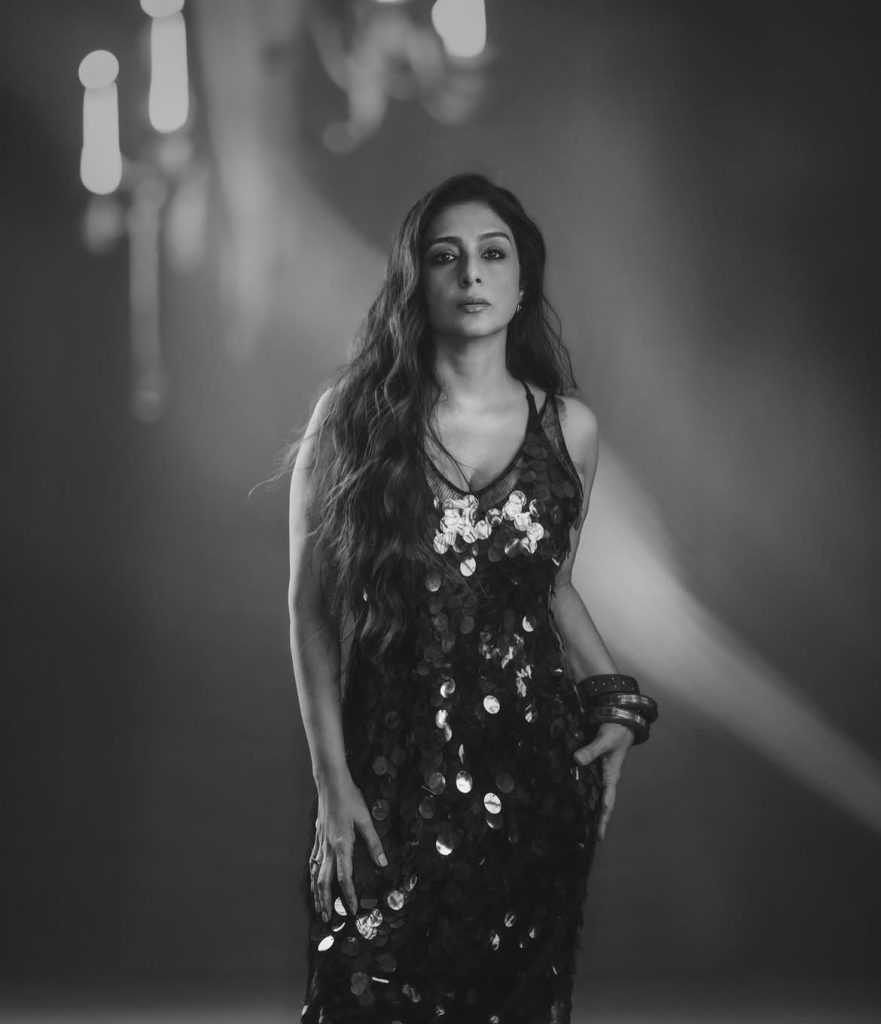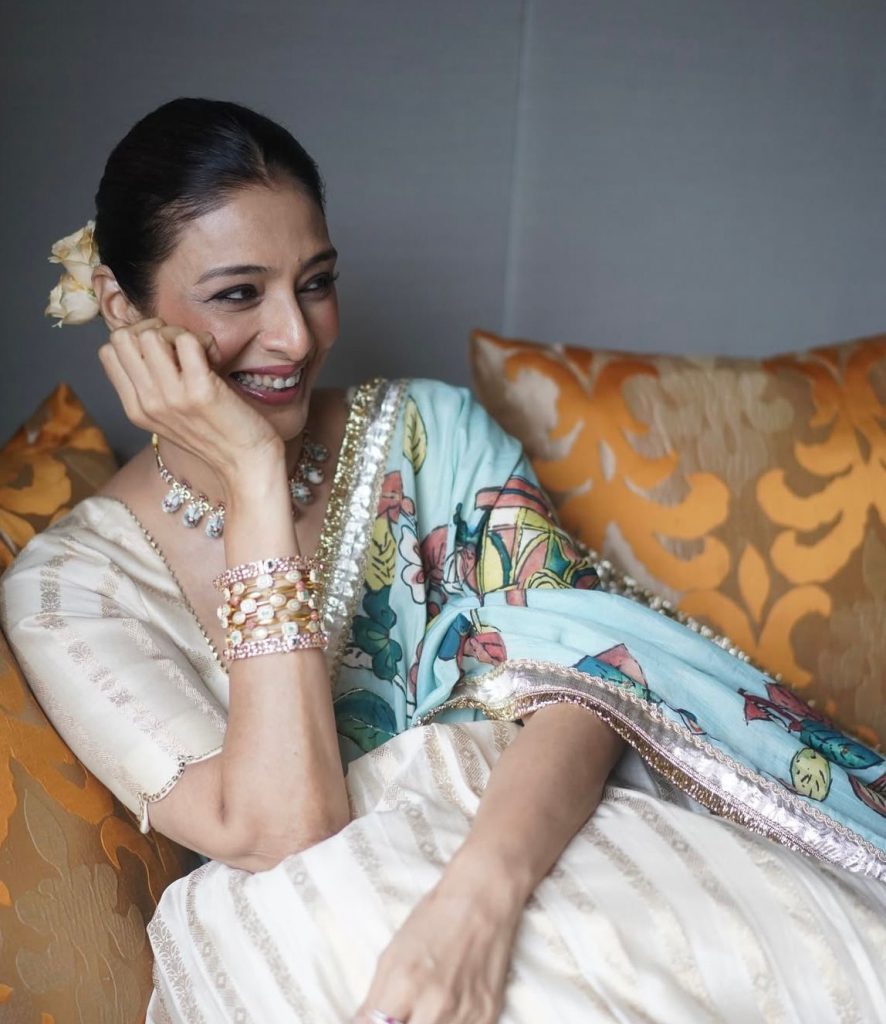In an industry often bound by formulas and stereotypes, Tabu carved a space that was uniquely her own. Never one to be confined to glamorous roles or conventional heroine arcs, she redefined what it meant to be a leading lady in Indian cinema.
 With an eclectic filmography spanning commercial blockbusters, indie gems, and international projects, Tabu has consistently chosen depth over dazzle. Here’s a look at how she turned rebellion into timeless craft:
With an eclectic filmography spanning commercial blockbusters, indie gems, and international projects, Tabu has consistently chosen depth over dazzle. Here’s a look at how she turned rebellion into timeless craft:
Early Turns: Breaking In Young

At just 14, Tabu made her first appearance in Bazaar and soon after played Dev Anand’s daughter in Hum Naujawan. Even in these early years, she resisted being slotted into predictable roles, hinting at the versatility that would later define her career.
 Against the Current: Choosing Maachis
Against the Current: Choosing Maachis
In an era when most actresses chased mainstream glamour, Tabu made a daring choice with Maachis (1996), a political drama centered on insurgency. Her fearless performance not only won her a National Award but also proved she was unafraid to tell uncomfortable stories.
Grey as Power: Maqbool to Chandni Bar to Haider
 Tabu excelled at playing characters that lived in the shadows of morality. As Nimmi in Maqbool, she embodied a hauntingly Indian Lady Macbeth, complex and commanding. In Chandni Bar, she portrayed the grit, resilience, and despair of bar dancers—women society often overlooks. These weren’t glossy heroines but deeply human stories of survival and strength.
Tabu excelled at playing characters that lived in the shadows of morality. As Nimmi in Maqbool, she embodied a hauntingly Indian Lady Macbeth, complex and commanding. In Chandni Bar, she portrayed the grit, resilience, and despair of bar dancers—women society often overlooks. These weren’t glossy heroines but deeply human stories of survival and strength.

Acing all genres: Cheeni Kum, Andhadhun, Drishyam to Hera Pheri

Tabu’s aced all genres. From thrillers like Andhadun to comedies like Hera Pheri, from romcoms like Cheeni Kum to drama like Haider.
Global Edge: The Namesake, Dune and Beyond
Tabu’s brilliance transcended borders. Mira Nair wrote The Namesake’s Ashima with her in mind, and Tabu delivered a moving portrayal of migration, love, and loss.

She went on to work across Hollywood and arthouse cinema, becoming one of the few Indian actresses to achieve this balance without ever losing her identity.

Tabu didn’t just break the archetypes—she created a new cinematic language for women, one that embraced complexity, rebellion, and truth.
 Her career stands as a testament to the power of craft over conformity.
Her career stands as a testament to the power of craft over conformity.


 Against the Current: Choosing Maachis
Against the Current: Choosing Maachis










